Earlier this year, Senior Helpers CEO Peter Ross said that 2023 is “The Year of the Client” – and for good reason.
In a day and age where a wealth of consumer goods are mere thumb taps away, customers demand a buffet of choices. Ross said the same goes for clients of home care providers, with a tailored approach being the ideal mode of delivery: the customer gets what they want, and the provider saves money by not offering unneeded services.
“You need to create an Amazon experience for your customers,” he said. “Be Netflix, not Blockbuster.”
Demographic and other data reveal both the exploding demand for home care services and also the substantial cost savings of receiving care in the home, the preferred choice of care delivery for older Americans:
- In less than 10 years, there will be more people over 65 than under the age of 18 for the first time in US history.
- Home care is the fastest-growing segment of health care in the nation.
- Average monthly cost of a nursing home: $8,900. For home care: $4,516.
- Ten-thousand Americans are turning 65 every day.
“The (home care) market to me has three segments: You have the haves, the have-nots, and then everyone else,” Ross said. The ‘haves’ have enough resources to pay for services out of pocket for care on their own terms, how and when they want it. The ‘have nots’ are usually on Medicaid or another government-subsidized program.
Given that 60 percent of seniors have a chronic condition and a similar percentage will need home care during their lives, many opportunities exist for providers.
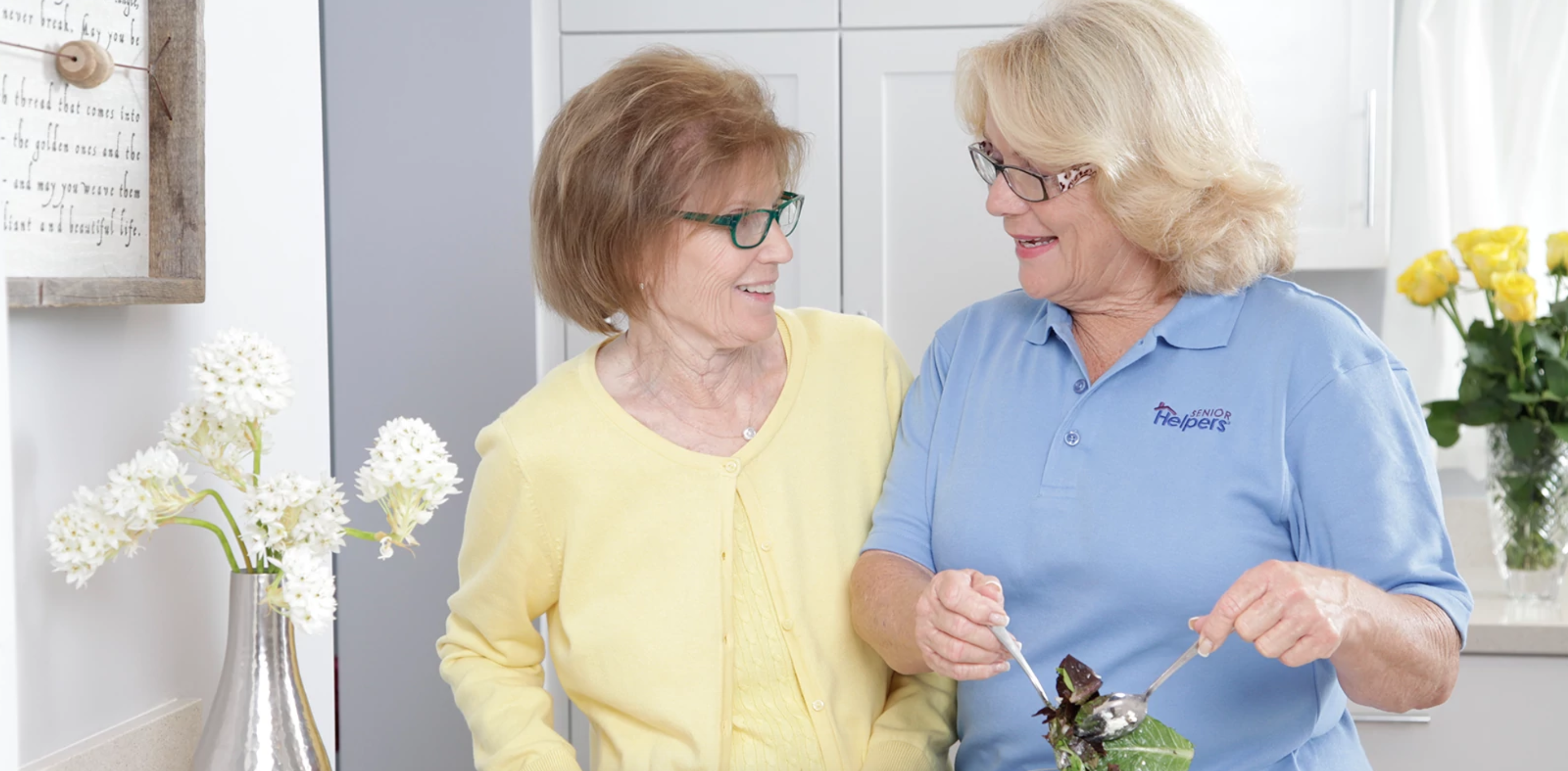
The Amazon opportunity exists with ‘everyone else,’ Ross said, those who don't have the money to pay for whatever they want but make too much to qualify for government assistance. About 65 percent of all seniors are in that bucket, around 50 million people.
“We've got to find a way to provide a resource solution that can be customized for everybody in the ‘everyone else’ segment. It must be affordable for them and their families because, without that, they will end up being forced into a facility. Seniors prefer to live out their life at home and there are not enough facilities on the planet to put them in,” he added.
Senior Helpers is a large home care provider that serves 30,000 people per day in 44 states, as well as Canada and Australia. Ross co-founded the company in 2002.
Similar to how Amazon uses algorithms to offer you more products based on past purchases, Senior Helpers uses tech-enabled assessment tools to go through as much as 20 years of a client’s medical data and then offer them a bundle of services that are designed just for them.
One way Ross is delivering this personalized service is in a model he calls “neighborhood fractional care,” spreading a resource like a trained caregiver to multiple people in the same area, with services scheduled based on specific needs.
“I have a geriatrician friend whose favorite line is ‘If you see one senior patient, you've seen one senior patient,’” Ross said. “Everyone ages differently.”
For example, in a mobile home community in Florida, he has a caregiver go trailer to trailer on a golf cart, spending 15 minutes or so with every client, making sure they’re keeping up on their medications and other important care needs, all at a fraction of the cost of traditional home care.
He also takes a holistic look across the care continuum when assessing what services could be bundled into a client’s care plan. For instance, a client may need assistance with a home renovation to accommodate mobile assistance devices, like a walker, or need handrails installed in their bathtub. Ross’s company has relationships with contractors to help with that work.
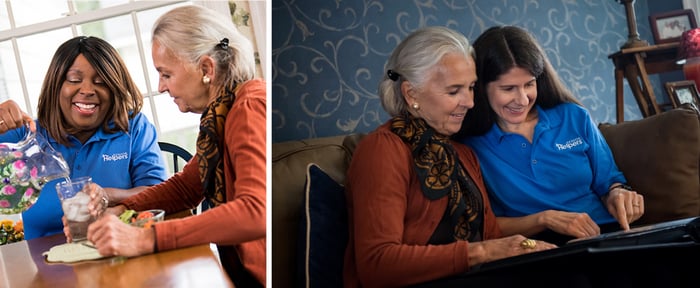
“You only pay for what you need,” he said.
It doesn’t just save money for the family, Ross said. Senior Helpers’ re-admission rates are between 3 percent and 5 percent, where the national average is 18 percent.
“Reducing re-admission rates is not just to save money, but improve the quality of life of our clients and families by not disrupting them with an unnecessary hospital stay,” he said.
Different types of technology are also integrated into Senior Helper’s bundled care plans, used to detect issues before they arise and help personalize a client’s care plan by using their proprietary “Life Profile” assessment tool.
“Every house is different, and every environment is unique. So, we want to look at each of those individually,” he said. “That's what the Life Profile tool does – create this customized care plan. You can introduce technology such as sensors that are not intrusive but give you information to make customized offerings and improve a patient’s outcome. More healthy days are our goal.”
Posted by
Join us!
The retreat for home health care and hospice leaders innovators.
May 17-19, 2026 | Palm Springs, CA


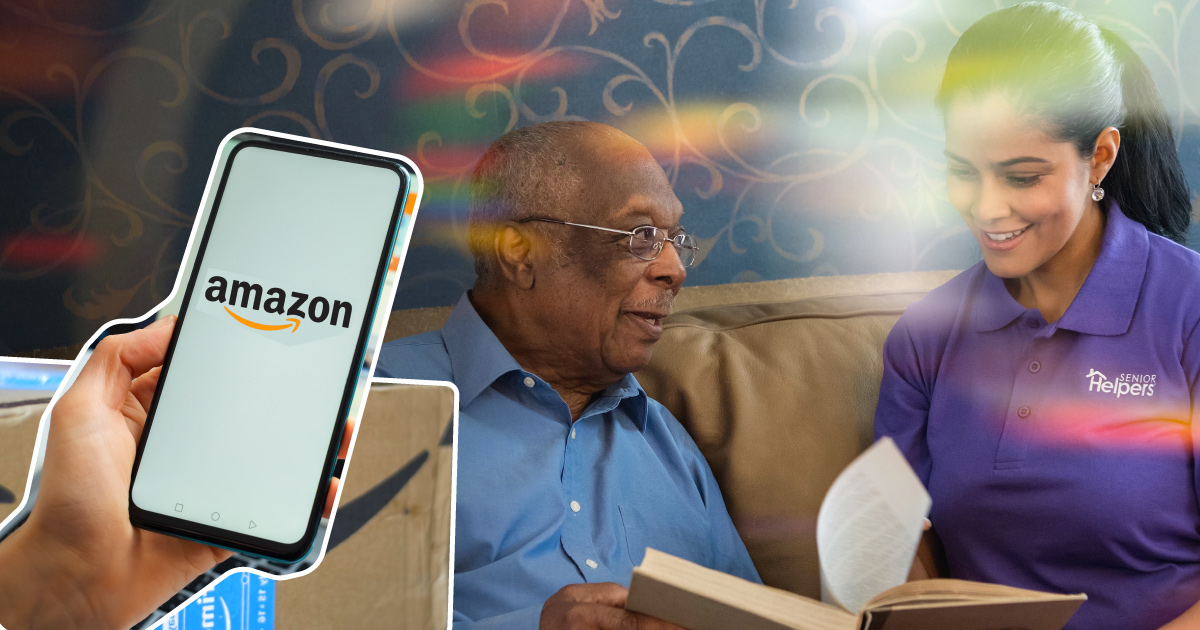

-2.png)

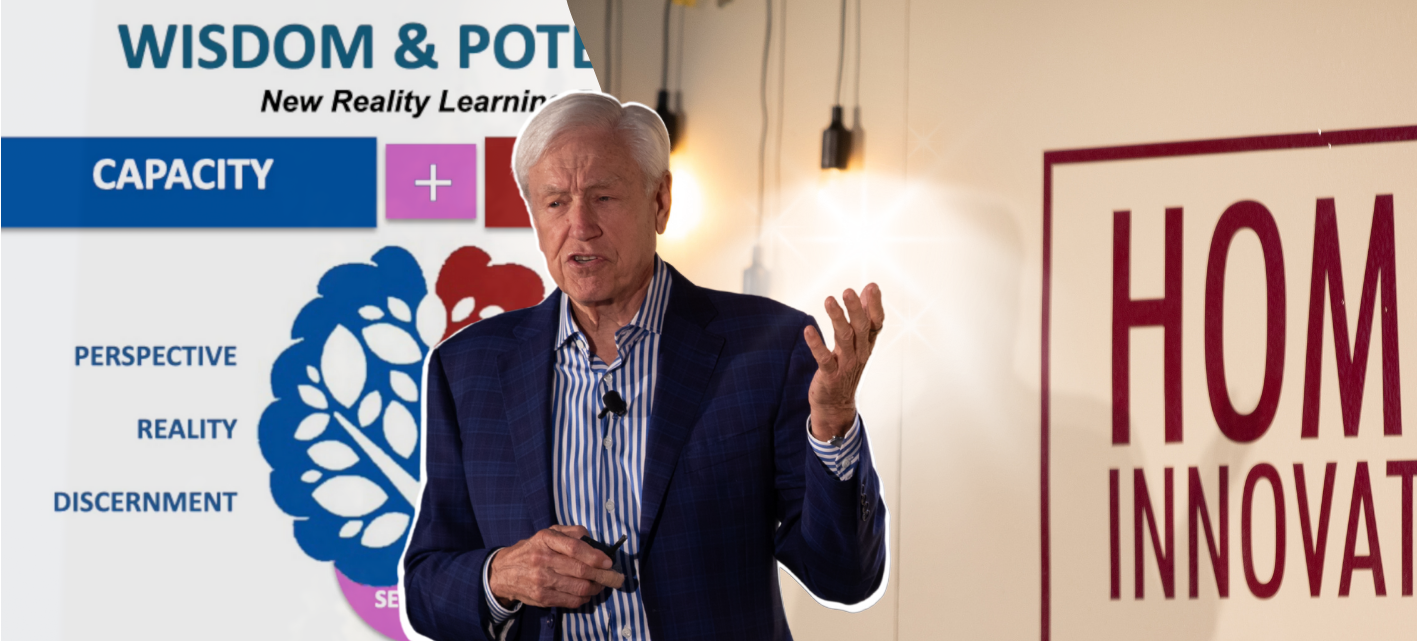
-2.png)
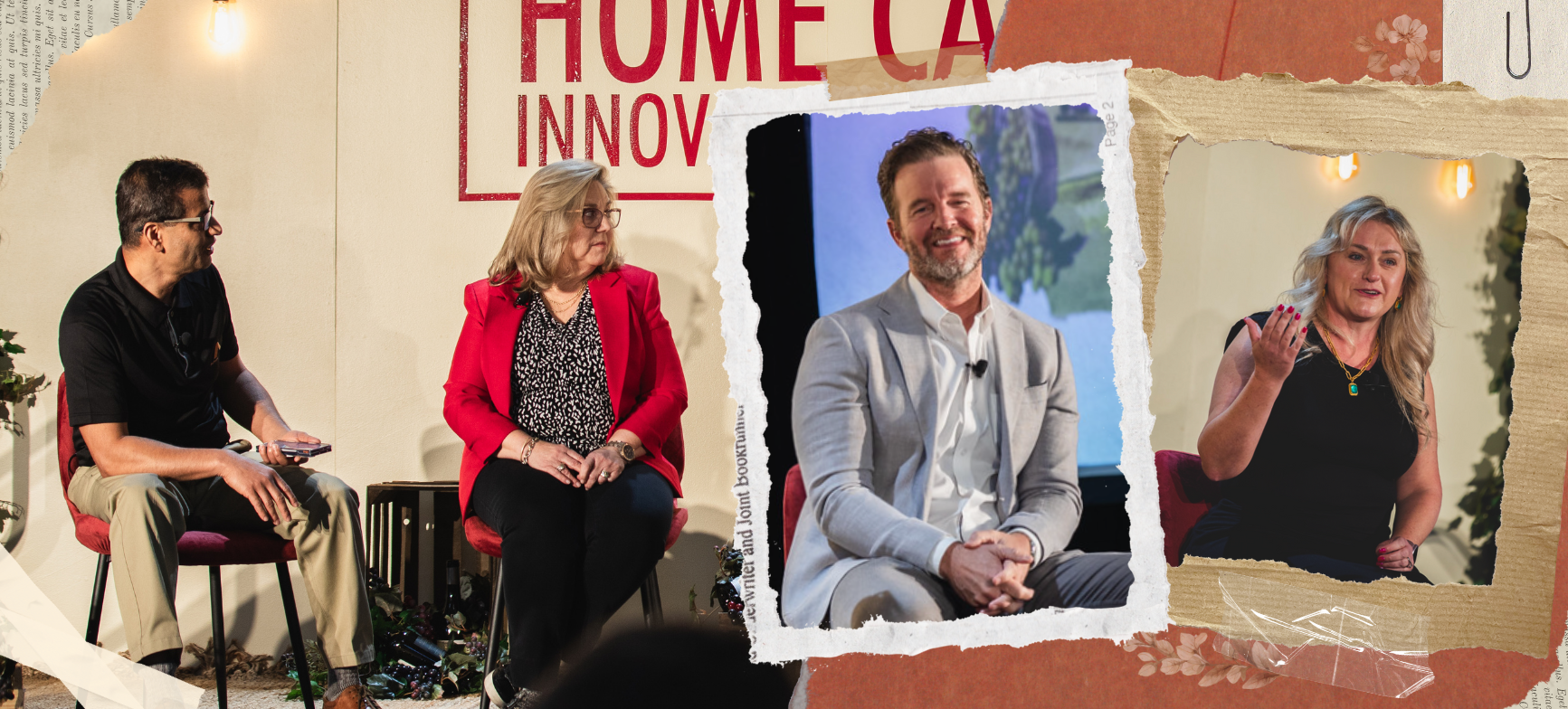

Comments